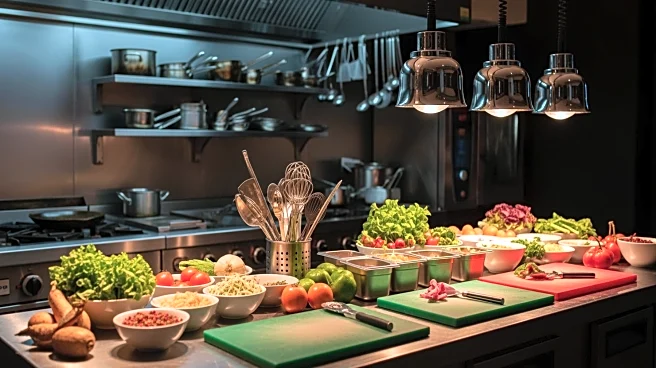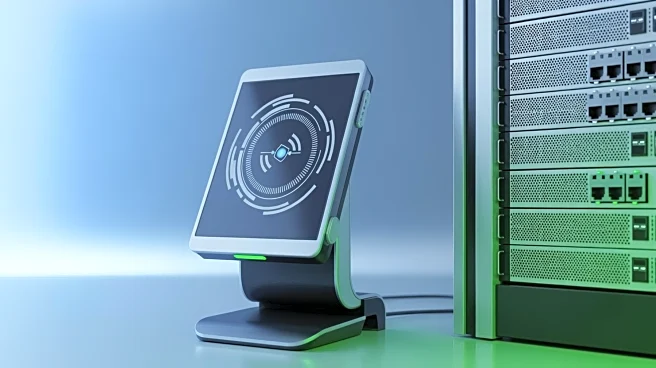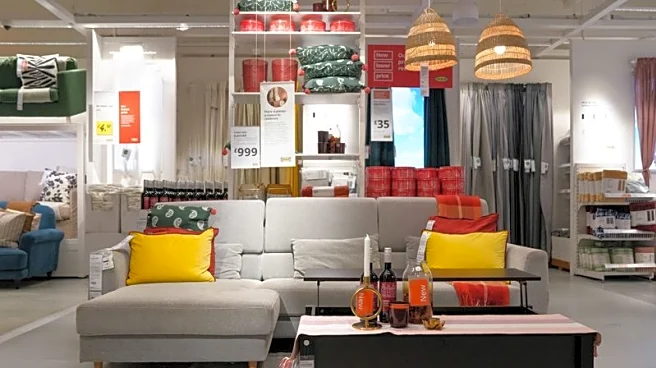What's Happening?
The rise of delivery apps such as DoorDash, Uber Eats, and Grubhub has significantly altered the restaurant industry in the United States. According to a report, nearly three out of every four restaurant orders are now consumed outside the restaurant premises.
This shift has led to dining rooms being less occupied, with chefs focusing on creating dishes that can withstand delivery rather than being served fresh in-house. The convenience of these apps, which became crucial during the pandemic, is now seen as a double-edged sword by restaurateurs. While they provided a lifeline during lockdowns, they are now perceived as a threat to traditional dining experiences. The economic model of restaurants has been reshaped, prioritizing speed and convenience over the traditional act of welcoming and serving customers in person.
Why It's Important?
The transformation driven by delivery apps has broader implications for the U.S. restaurant industry and society. The shift towards delivery has changed consumer expectations, making instant gratification a norm. This has placed a strain on small businesses and workers, who must adapt to a model that prioritizes efficiency over personal interaction. The cultural aspect of dining, once a shared social experience, is being replaced by a transactional model. This change reflects a larger trend of 'convenience maximalism,' where the demand for speed and ease overshadows the value of personal connection and community. The impact is felt not only economically but also socially, as the traditional role of restaurants as community hubs diminishes.
What's Next?
As the restaurant industry continues to adapt, stakeholders may need to find a balance between leveraging the benefits of delivery apps and preserving the cultural and social aspects of dining. Restaurateurs might explore hybrid models that integrate in-person dining experiences with efficient delivery services. Policymakers and industry leaders could also consider regulations or incentives to support small businesses and ensure fair labor practices in the delivery sector. The ongoing evolution of consumer habits will likely drive further innovation and adaptation within the industry.
Beyond the Headlines
The rise of delivery apps raises ethical and cultural questions about the future of dining. The shift towards convenience may lead to a loss of culinary diversity and the erosion of local food cultures. Additionally, the environmental impact of increased packaging and transportation for deliveries is a growing concern. As society grapples with these changes, there may be a renewed interest in sustainable practices and a push to preserve the cultural heritage of dining.















